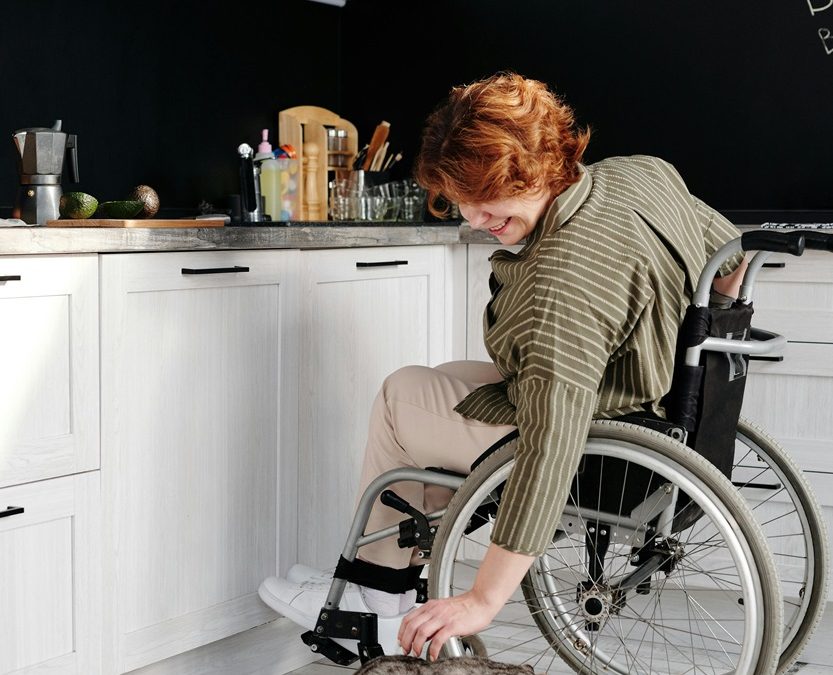Making modifications to your home can greatly improve the quality of life for a relative with mobility challenges. Whether you are preparing for a loved one being discharged from hospital or assisting an elderly relative to live independently for longer, renovating with accessibility in mind is key. Here are some important considerations when adapting your home for a mobility-impaired family member.
Assess Mobility Needs
The first step is to thoroughly assess your relative’s mobility levels and limitations. Consult with their medical team to understand their condition and prognosis. This will help determine the extent of renovations needed, from installing grab bars in the bathroom to adding a downstairs bedroom and wheelchair ramps. Consider both their current and possible future abilities.
Create an Accessible Bathroom
The bathroom is often the most problematic area for those with mobility issues. Replace the bath with an accessible walk-in shower with a fold-down seat and grab bars. Install a shower chair or stool if standing is difficult. Replace turn taps with lever handles that are easy to grip. Consider adding a handheld shower head and adjustable height sink. Ensure there is ample space for a wheelchair or walker to move around.
Kitchen Adaptations
The kitchen is another key area to adapt. Lower countertops and cabinets to a height accessible from a wheelchair. Add pull-out shelving and drawers that are easy to reach. Install an adjustable sink that can be raised and lowered. Replace appliances like the oven and fridge with accessible front-loading models. Consider rerouting the layout to allow for better wheelchair navigation.
Stair Lifts and Ramps
For multi-level homes, install a stair lift with a seat and safety belt to easily transport the individual between floors. Make sure stairwells are well-lit and have secure handrails. As an alternative, convert an existing first floor space into a bedroom and accessible bathroom. If you will be renovating the entryway, build a wheelchair ramp with the appropriate slope and handrails.
Mobility Furniture
Special mobility furniture from a mobility furniture company can also increase accessibility and independence. An adjustable bed makes resting and rising easier. Grab bars next to the bed provide stability. Install a lift recliner that assists standing. Use a bedside commode for accessible toileting. A ceiling track lift system allows mobility-impaired individuals to be safely transferred. SpotDif has a guide to furniture for limited mobility.
Lighting and Flooring
Maximise lighting throughout the home with higher wattage bulbs, night lights in hallways and bathrooms, and lamps for additional illumination in all rooms. Replace carpeting with low-pile carpets or hard flooring without cracks for easier wheelchair maneuvering.
Create a Safe Environment
Safety is crucial. Provide good lighting throughout. Have fire extinguishers, smoke detectors and carbon monoxide monitors installed. Use contrasting colours on walls, floors and counters to aid spatial awareness. Remove loose rugs, cords and clutter that could obstruct pathways. Install safety handles, grab bars, non-slip mats and wheelchair ramps.
Home Automation
Consider smart home technology that the mobility-impaired individual can control remotely. This includes hands-free lighting, thermostat adjustment, automated doors and windows, video intercoms and environmental control systems. These can all help improve independence.
Renovating an existing home for a mobility-challenged relative takes careful planning and research. Focus on improving accessibility, safety and ease of use. Partner with occupational therapists and builders experienced in accessible design. With the right modifications, you can create a welcoming space for your loved one to comfortably and confidently navigate.

Recent Comments